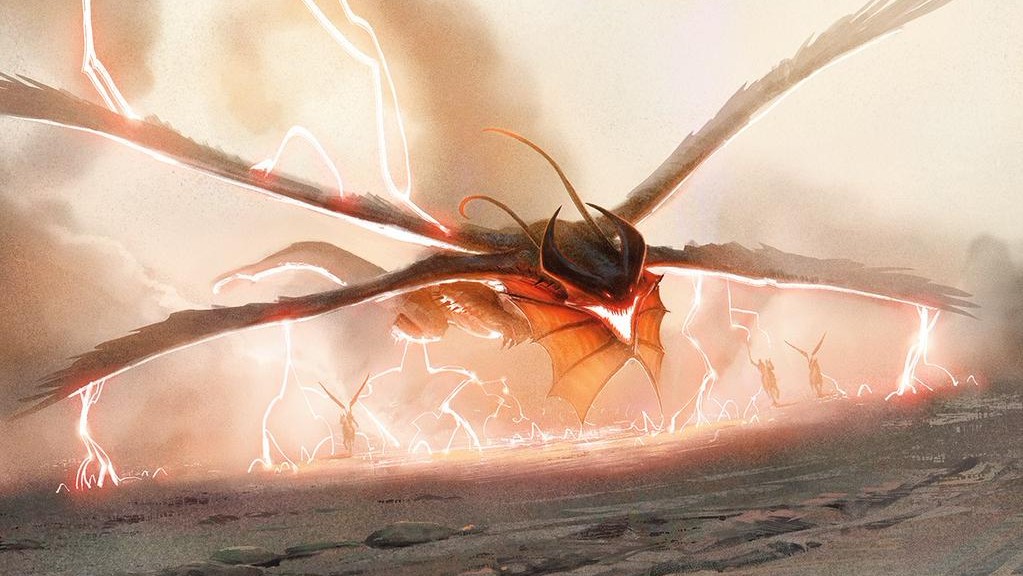By: Cliff Daigle
I’m watching Modern Masters 2015 very carefully.
There’s a lot of things happening with this set. The packaging is causing all sorts of nicks and dings in the cards. The collation seems to be off, resulting in abnormal amounts of foils, of non-foils, extra rares and no rares. Boxes have been opened with foil Rusted Relic being the prime takeaway. The spacers on the print sheet have made it into packs.
But really, I’m focused on the cards themselves.
I wrote a few weeks ago how we all lose at pack wars. That is, opening a pack at MSRP has worse odds than a lottery scratcher ticket, but at the time, we didn’t have the full Modern Masters spoiler to work with.
So let’s take a look at the numbers, the figures that are keeping me far, far away from buying any packs.
There are 53 rares and 15 mythics in the set. Right now, 22 of them have a price of $10 or more. I’m going to leave out foils and ignore commons/uncommons, for distribution reasons in the case of the former and the latter doesn’t have much besides Electrolyze and Lightning Bolt.
You currently have a 32% chance of making your money back on a single pack of Modern Masters 2015, a figure which will not stay that high.
You have a very small chance of pulling a Tarmogoyf, the winningest of lottery tickets, currently at $160. That will get you the value of most of a box. Two other cards are more than $40, seven others more than $30, and another dozen at between $10 and $30.
That’s before this weekend’s festivities. There will be at least ten thousand Sealed pools opened, that’s 60,000 packs, even before counting second-day called drafts and side events during this weekend’s three Grands Prix. There are a lot of Magic finance people on site in Vegas already, and I fully expect buylists to be dropping fast on site, and others will follow online.
If the odds of making your $10 back are already one in three, I would suspect that it’ll be at 25% or lower after this weekend and the enormous about of supply about to be added.
In my area, there are places doing Modern Masters 2015 drafts for $45 or $50, and I can’t think of an easier way to set money on fire. There’s a 4% chance that I open one card that currently has the value of that draft (that’s 3 rares/mythics out of 68), but value isn’t the same as cash, especially if I don’t play Modern as a format.
Is there a chance that I open a Tarmogoyf and trade it in for $150 or more in store credit? Sure. I devoutly hope that you take that credit and sink it into anything else you desire, and not more Modern Masters packs.
Stay away from drafts, buying packs and buying singles right now. The prices have farther to fall and fall they will. Foils and nonfoils alike, you don’t want to be buying singles just yet.
I confess that I have my eye on a few select foils for different EDH decks of mine. My wife is building an Oona, Queen of the Fae deck and she needs a foil Bitterblossom and a foil Vendilion Clique. The prices on those have already come down a pleasing amount but I’m still waiting.
Keep in mind that not a lot of people play Modern casually. It’s a competitive format, and one that can see a lot of shifts very quickly. Think of how quickly Eggs arrived and how quickly it was removed from the format. Think of the Birthing Pod ban. Who knows what’s next to enter or leave this format?
I’d be very cautious when it comes to investing money in this format. If you enjoy it, and you have a good metagame scene to play in, great! Buy your playset and use it well. If you’re looking for specific price predictions, I think Tarmogoyf bottoms out at $100, Clique and Bob at $30, and Hierarch at $20.
The good news is that once this weekend passes, prices will tumble on almost all of the cards in Modern Masters 2015. There’s just going to be too many people looking to cash out their opened cards for these prices to hold in the short term.
The long term prices, I’ll leave that to more experienced Modern players to speculate on. I don’t expect the same boom in Modern players that happened two years ago, so I find it unlikely that prices all get back to where they were, but I’ve been surprised before by these things.
I am really interested in what Wizards does about the collation and card damage issues. Their first statement was “We have a great QA team and you must be buying cards from questionable sources.” The second statement was “Tell us exactly what you got and where you got it from.” Twitter hasn’t yet reported on what (if anything) people are getting to make up for the damage or collation issues, but don’t be shocked if people get nothing. Wizards has been inconsistent in apologies and refunds from Magic Online’s long-known and well-documented problems, but maybe they will take this more seriously due to people paying $10 a pack to get SP or even MP cards.
This isn’t just about the packaging, either, not if there’s consistent collation errors and DISCARD cards inserted instead of foils. Wizards did multiple things differently with this set and they are turning out to be major mistakes.
So you need to be more patient with these cards, and start picking them up about the time Magic Origins comes out.



